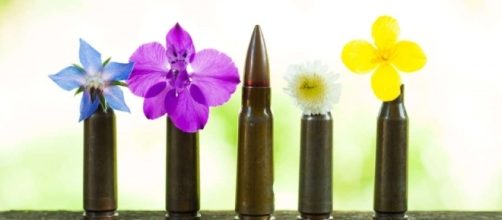Ammunition that is biodegradable has intrigued the interests of the U.S. Army. The goal is to replace the rounds that they are currently using with ones that turn into plants. Bullets are both a physical and environmental hazard. They create waste that degrades slowly. It takes hundreds of years to naturally remove their pollution. Thus, the Department of Defense seeking ammunition that is eco-friendly and less dangerous for use in their training exercises. The DoD has contacted the Small Business Innovation Research (SBIR) program.
Their wants are stated as, “biodegradable training ammunition loaded with specialized seeds to grow environmentally beneficial plants that eliminate ammunition debris and contaminants.”
The creation process
The U.S. Army Corps of Engineers’ Cole Regions Research has already created seeds and tested their reactions to being embedded in ammunition shells. They are made to germinate after being in the ground for a few months. Carefully selected contractors will be able to compound the bullets in a three-phase process:
- Phase I will consist of manufacturing 40mm to 120mm training rounds
- Phase II will include prototype development and how to manufacture it
- Phase III will be providing the biodegradable ammunition to the U.S. Army for use in their training practices.
The DoD’s purpose
The Department Of Defense looks to convince all the Armed Forces that safety for the people and environment are most important.
Shells containing metallic elements and other chemicals eventually rust and pollute the groundwater and soil. They are also very deadly if used improperly. It says, “This effort will make use of seeds to grow environmentally friendly plants that remove soil contaminants and consume the biodegradable components developed under this project. Animals should be able to consume the plants without any ill effects.
The DoD specifically states that it is looking forward to replacing its “low velocity 40mm grenades; 60mm, 81mm, and 120mm mortars; shoulder launched munitions; 120mm tank rounds; and 155mm artillery rounds.”

